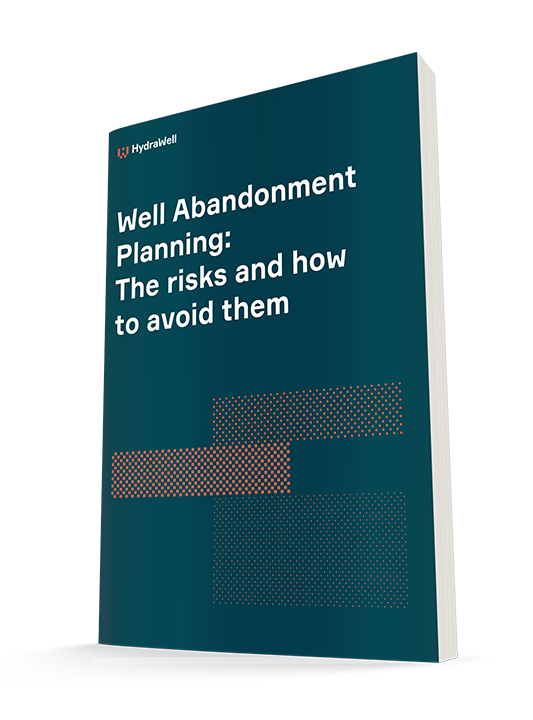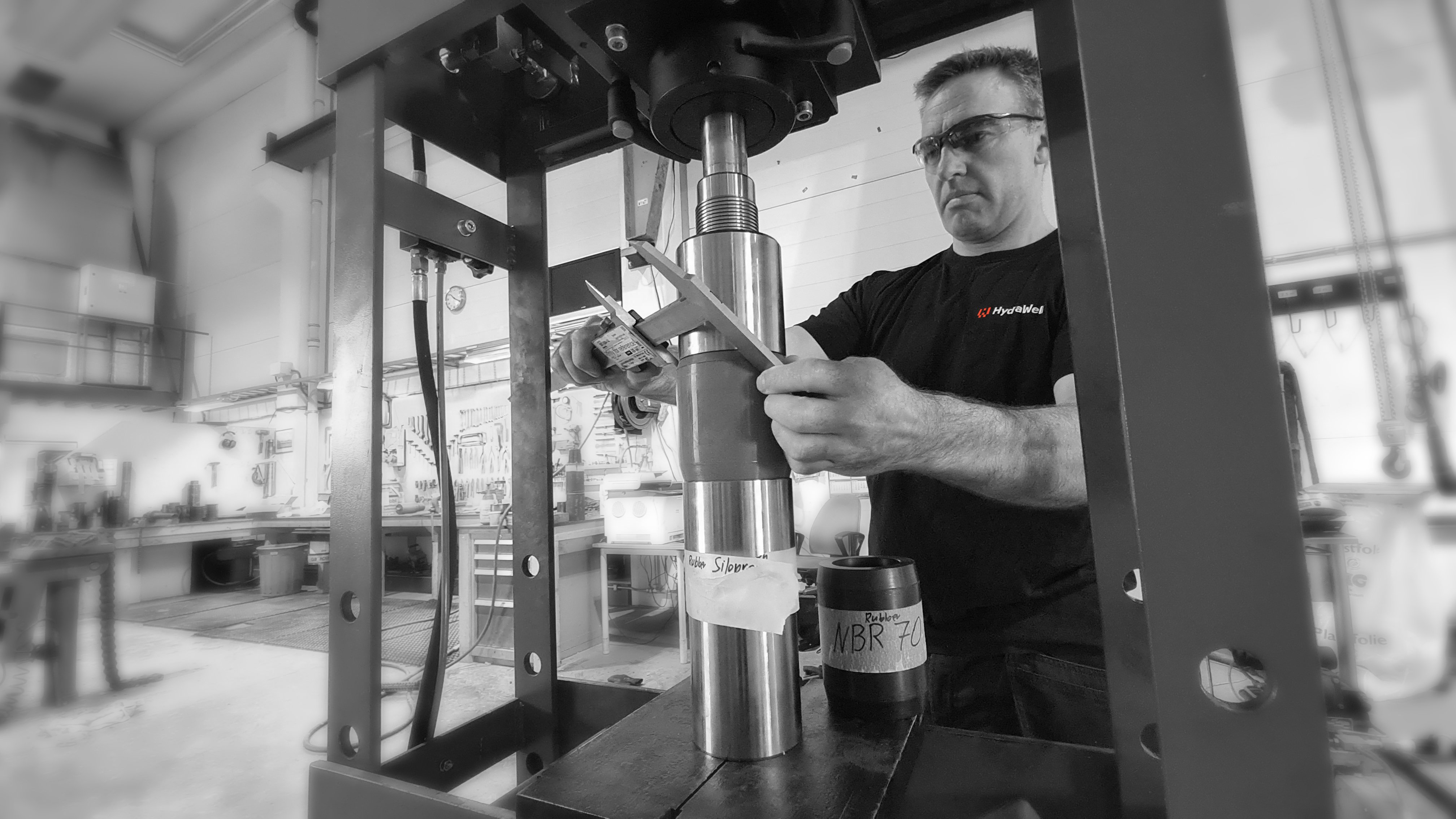Book Review: “Introduction to Permanent Plug & Abandonment of Wells”
By Morten Myhre - October 08, 2020
The “Introduction to Permanent Plug & Abandonments of Wells”, was released in January 2020, licensed under the terms of the Creative Commons Attribution 4.0 International License (http://creativecommons.org/licenses/by/4.0/).
The publication of a comprehensive text on this topic is welcomed as this sector is rapidly growing in scale and range of complexity, along with a small but growing number of experienced practitioners. Most notably, there are several well-known, drilling and completion professionals that contributed to the very comprehensive book, split into 9 Sections, covering well plugging and abandonments. The book also contains an impressive, dedicated reference list to further substantiate information and it is not limited to Norwegian law specifically, which helps provide a wider perspective of Plug & Abandonment (P&A) methodology around the world.
As a leading well operations solutions provider, focused on relentlessly engineering improved solutions to replace traditional P&A techniques and downhole tooling solutions, we, at HydraWell, wanted to share our thoughts on this open access book.
Firstly, Section 1 sets the scene perfectly by providing a useful overview of the different types of existing wells in addition to the general barrier philosophies and various regulatory authorities. Section 2, then explores an impressive list of well schematics and the challenges seen with distinct well designs, configurations, and characteristics.
The next sections go on to describe a range of plugging specifications and materials which is again useful, particularly for well operation engineers. Section 5, details in depth, the existing types of working units for use both onshore and offshore, focusing on capability and achievements, followed by work classification and selection of work units.
However, we must point out that there is a small mistake here. It is written that China had the first drilled well (347 CE) with a reference that links to a publication that discusses the processing of Kerosene in 1849. However, on a positive note, this truly demonstrates that the industry has considerable history and many lessons and ideas can be obtained from examining early operations.
Section 7 is by far the most interesting reading for engineers – it delves into the fundamentals of plugging placement, tools and techniques for plug and abandonment. Engineers specialising in P&A operations understand the physics of fluid placement and the challenges faced to achieve accurate fluid displacement to obtain a permanent barrier. This is a particularly enjoyable read as the challenges are presented in an easy to digest, informative language and style.
The various techniques and mechanical activities used to access different sections of a well for barrier element installation are discussed in Section 8. Traditional methods including Casing Pulling and Section Milling are discussed before going into detail on the Perforate, Wash and Cement (PWC®) system – HydraWell’s intellectual property.
The book documents and discusses our technology nicely, but with one small error – it references an SPE Paper (SPE-5701-MS by Mr. J. A. Garcia and Mr. C. R. Clark – both Exxon Co., USA) from 1976! PWC® is not relevant here, as this paper is focused on investigating gas migration through a cement job in reservoirs with different pressure (gas migration causes production restrictions due to improper reservoir communication) rather than the delivery of a washed annulus.
The final section, is also of particular interest as it discusses the ‘hottest topics’ in P&A right now – “Is there a barrier in the well right now?” The book takes an in-depth look at the cross section and how to verify and ensure a barrier is verified. It’s great to see the book discuss the different tools, systems and technologies available whilst remaining unbiased whilst stressing that there are some key differences for various verifications.
Overall, “The introduction to Permanent Plug & Abandonment of Wells” describes in general the P&A challenges and methodologies in an informative way that will give readers some insight into the different operating scenarios. The book considers how we should permanently plug and abandon, both in reflection of physical boundaries as well as potential solutions.
The book is available online as part of the “Ocean Engineering & Oceanography, and can be downloaded here: https://link.springer.com/book/10.1007/978-3-030-39970-2#about





